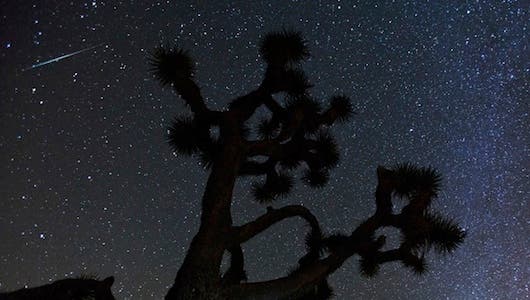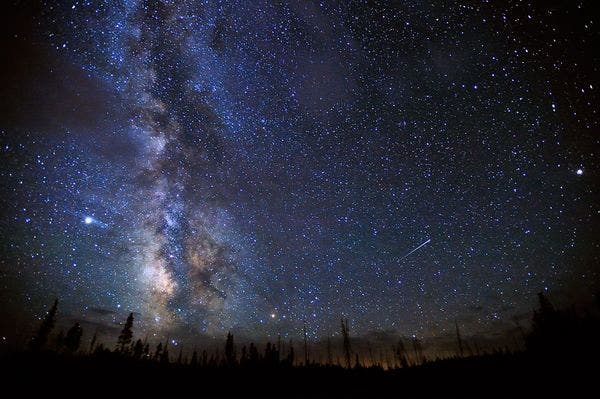
After a busy November in which both the Taurid and Leonid meteor showers graced star gazers from the around the world, this weekend’s night sky is set to become ablaze with one of the most spectacular meteor showers of the year – the Geminids. Like every year when Earth travels past the constellation of Gemini, a slew of meteors enter our planet’s atmosphere making for a great cosmic fireworks display.
This year the show should be even more visible thanks to the waning moon, which will go dark just as they reach their peak Dec. 13 and 14. Of course, the quality of observations depend on the weather, so pay close attention to your local weather forecast for this weekend so you can find places nearby where star gazing is optimal. NASA reports that the Geminids are a relatively young meteor shower, regularly spawning between 80 and 120 per hour at its peak on a clear evening.
Another reason why this year’s Geminids might be special is the controversial end of the Mayan calender, which unfortunately many uninformed individuals associate with the end of the world. For those still concern, please read NASA’s statement on the matter.



